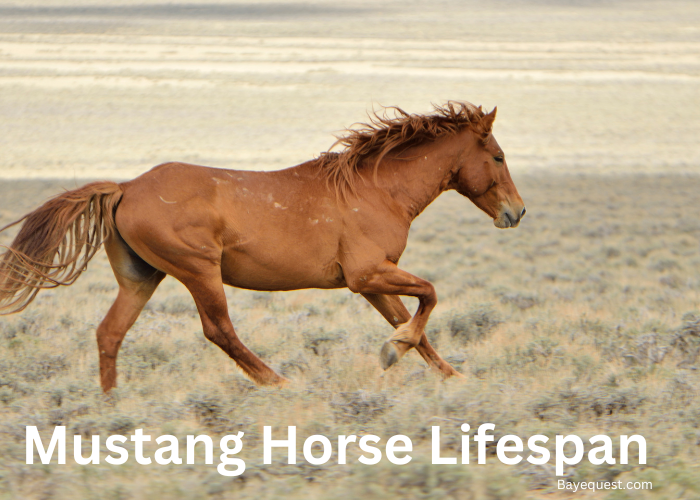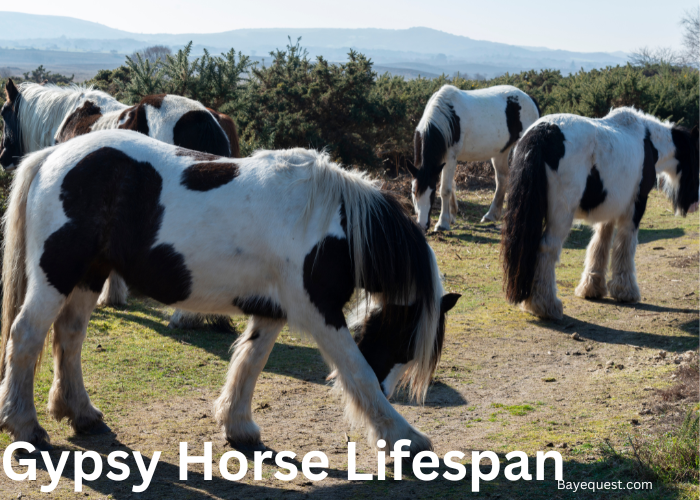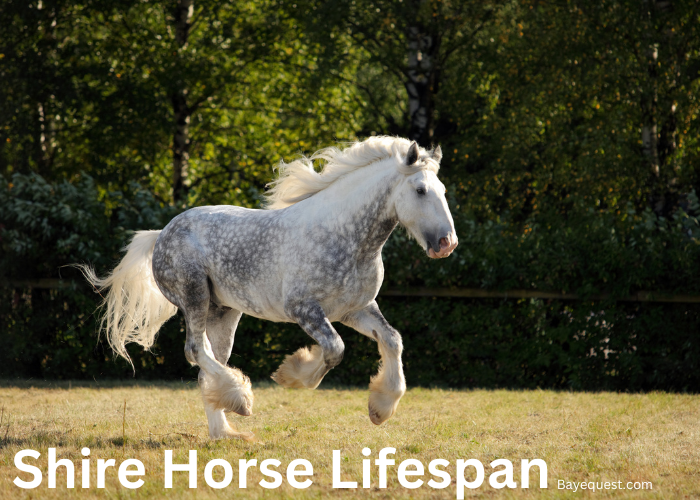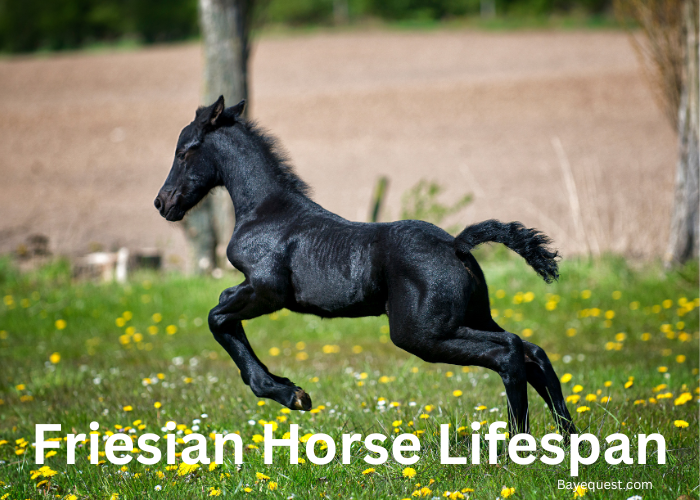Leasing a horse might sound confusing at first. It’s not the same as buying, but it’s not borrowing either.
Think of it as a middle ground. You get to enjoy having a horse without the full commitment of owning one.
For many riders, leasing offers the best of both worlds—freedom and responsibility. You experience the joy of riding and caring for a horse without the long-term costs.
So, what does leasing a horse mean? Let’s take a closer look.
What Does it Mean to Lease a Horse? Key Takeaway
Leasing a horse means paying to ride and care for a horse without owning it. It offers the experience of horse ownership with less commitment and cost. Different lease types, like full or partial, let you choose how much time, responsibility, and money you invest.
What is Horse Leasing?
Horse leasing is like a flexible form of horse ownership. You don’t buy the horse, but you get to use it, care for it, and ride it as if it were your own.
It’s more like borrowing with some rules. The details depend on the type of lease.
Some let you ride and care for the horse part-time. Others give you full access, almost like it’s yours.
Leasing is a great way to enjoy the horse world without the big costs and long-term commitment of buying a horse.
Interesting read: What to Ask When Buying a Horse.
Why Lease a Horse?
Leasing a horse is a great way for riders of all levels to enjoy the perks of horse ownership without the heavy commitment or high costs of buying one.
Here are some reasons why leasing could be the right choice for you:
1. Cost-effective. Leasing cuts down on the big expenses of owning a horse. You get the joys of riding and caring for a horse without the big upfront cost or all the ongoing expenses.
2. Flexible options. Leasing offers flexibility that buying doesn’t. With full, half, or even quarter leases, you can pick what suits your budget and riding goals best.
3. Skill building. Leasing helps you build your riding skills and gain valuable experience. With regular access to the same horse, you learn to connect and understand them better.
4. Try before you buy. Thinking about buying a horse? Leasing gives you a trial run. It’s a hands-on way to see if you’re ready for the responsibilities and joys of owning.
5. Time with a horse. If you love horses but can’t commit due to time, space, or money, leasing is a great middle ground. You get the pleasure and calm of spending time with a horse without full ownership.
6. Competitive riding. Want to compete but don’t own a horse? Leasing opens up that world. It lets you train, compete, and aim for higher levels.
7. No long-term ties. Owning a horse is a long-term commitment that can last decades. Leasing, however, offers a way to enjoy the experience without being tied down.
8. Explore different styles. If you’re curious about different riding disciplines, leasing gives you the chance to try them out. You can ride different horses and see what fits you best.
The Benefits of Horse Leasing
Horse leasing comes with some great perks.
First, it’s easier on the wallet. You don’t have to pay the full price of buying a horse, and many costs are shared.
Second, you get to ride and care for a horse without a lifetime commitment. This is great for riders who want to grow their skills or just enjoy riding for a season.
You also get to learn what it takes to own a horse—the care, the time, the work. It’s all the fun and learning, with a lot less risk.
Types of Horse Leases
There are several types of horse leases, each with its setup and rules:
Full lease
With a full lease, you’re almost like the owner. You get full access to the horse for riding, training, and caring.
You cover most if not all, expenses—like boarding, vet bills, and farrier costs. This lease gives you control, but it comes with the commitment and costs of having a horse full-time.
Partial lease
Also called a half-lease, this option is all about sharing. You and another rider split the riding days, costs, and responsibilities.
Maybe you ride three days a week, and they ride the other days. It’s great if you want flexibility without all the costs.
Free lease
A free lease doesn’t mean “free” as in no cost. Instead, it means there’s no lease fee to pay the owner.
You take on all care and expenses, like feed, boarding, and medical care. It’s a good choice if you want the experience of ownership without the upfront purchase price.
Pros of Leasing a Horse
Leasing a horse comes with several advantages that make it an appealing option for many riders:
1. Lower costs
Leasing is often more affordable than buying a horse outright. You avoid the large purchase price and usually share ongoing costs like boarding, vet care, and feed.
It’s a way to enjoy horse riding without breaking the bank.
2. Flexibility
Leasing offers options. Whether it’s a full, half, or quarter lease, you choose how much time, money, and effort you want to invest.
It’s perfect for those who love riding but can’t commit to owning a horse full-time.
3. Skill development
Regular access to a leased horse allows you to sharpen your riding skills and learn horse care.
You get the chance to build a bond with the horse, understand its behavior, and become a better rider over time.
4. No long-term commitment
Owning a horse is a long-term deal, often lasting decades. Leasing gives you a taste of that experience without locking you in for the long haul.
You can step back if your situation changes.
5. Try before you buy
Leasing lets you experience what it’s like to have a horse without making a full purchase. It’s a great way to see if horse ownership is really for you.
6. Access to competition
If you’re interested in competitive riding, leasing can open that door. You can lease a horse trained for competitions, allowing you to participate and even qualify for higher levels.
7. Variety of experience
Leasing different horses over time lets you explore various riding styles, disciplines, and horse temperaments. It’s a good way to find what you enjoy most without the commitment of buying.
Cons of Leasing a Horse
Leasing a horse has its downsides too. Here are some of the cons to consider:
1. Limited control
When you lease a horse, the owner still has the final say in major decisions.
You might want to try a new training method or change the horse’s diet, but the owner might not agree.
2. Lease terms can change
Leases aren’t forever. The owner can decide to end the lease, change the terms, or even sell the horse.
This uncertainty can be tough if you’ve grown attached or have plans with the horse.
3. Ongoing costs
While leasing is cheaper than buying, the costs can still add up. You may need to pay for boarding, farrier visits, vet bills, and other expenses.
These costs can vary and sometimes catch you by surprise.
4. Shared access
In partial leases, you’re sharing the horse with another rider. This means limited riding days and less time to build a bond.
You also need to coordinate schedules, which can be inconvenient.
5. Potential conflicts
Leasing involves working closely with the horse’s owner. Differences in opinions about care, riding style, or use of the horse can lead to conflicts.
6. No investment return
Unlike buying a horse, where you might sell it later, leasing doesn’t give you any ownership or investment return. The money you spend is purely for the experience and use during the lease period.
7. Emotional attachment
It’s easy to form a bond with a leased horse but remember, it’s not truly yours. If the lease ends or the owner decides to sell, it can be emotionally difficult to say goodbye.
Who is Eligible for a Horse Lease?
A horse lease can be a great option, but it’s not for everyone. Here’s who is eligible for a horse lease:
1. Riders of all levels. Whether you’re a beginner or an advanced rider, there’s usually a lease that fits your experience level.
2. Committed individuals. Leasing isn’t as demanding as buying, but it still requires commitment. You need to be ready to spend time riding, caring for the horse, and managing expenses.
3. Financially responsible riders. While leasing is cheaper than buying, it still comes with costs. You’ll need to budget for lease fees, boarding, vet bills, and more. Being financially stable and prepared for these costs is key.
4. Those looking for flexibility. If you want the experience of horse ownership without a lifelong commitment, leasing is ideal. It allows you to test the waters, explore different types of horses, or ride while in school or during a busy season of life.
5. Families and parents. Parents looking to get their children involved in riding without a full-time ownership commitment often consider leasing. It’s a way to gauge a child’s interest and commitment without diving into full horse ownership.
6. Competitive riders. If you’re aiming to compete but don’t have a horse, leasing can be a way to access a horse that’s trained for your level of competition. This is especially helpful if you want to see if competitive riding is a good fit for you.
7. Adults returning to riding. Many adults who rode as kids or teens find leasing a great way to get back into the saddle without the demands of owning a horse outright.
8. People open to shared responsibility. If you’re okay with sharing a horse or negotiating terms with the owner, leasing can be a good fit.
Understanding Lease Agreements
Lease agreements are the backbone of any horse leasing arrangement. They spell out the rules and responsibilities for both you and the horse owner.
You need to understand every detail before you sign. A good lease agreement protects both parties and helps avoid misunderstandings.
The agreement should state the type of lease. It could be a full lease, partial lease, or free lease.
Each type comes with its own set of rules about riding rights, care responsibilities, and costs. Make sure you know what is expected of you and what you are allowed to do.
Financial terms are a big part of any lease. The agreement should list all costs, like lease fees, boarding, vet bills, and farrier services.
Some agreements split costs between you and the owner. Others may cover everything. Knowing these details will help you budget and avoid surprises.
The lease should also cover riding and care rights. It should tell you how often you can ride and on which days.
It may also have limits on activities, like jumping or trail riding. The agreement should state who takes care of daily tasks, like feeding and grooming.
Make sure the lease covers vet care and emergencies. It should say who decides what to do if the horse gets sick or injured.
The lease should mention how long it lasts and how it can end. Is it a month-to-month lease or a year-long commitment?
Can you or the owner end the lease early? If so, what are the terms? Understanding this can save you from future issues.
Before you sign, ask all your questions. Make sure you understand everything in the lease. If anything seems unclear, consult a trainer or equine professional.
What is a Horse Leasing Contract?
A horse leasing contract is a written agreement between you and the horse owner. It spells out all the rules and details of the lease.
It covers what you can do, how often you can ride, and who pays for what. It’s there to protect both you and the owner.
The contract says who takes care of the horse daily. It might be you, the owner, or both.
It also lists any costs you need to cover, like vet bills, farrier fees, and boarding. Some contracts have rules about what kind of riding you can do, like no jumping or no off-property rides.
The contract should also say how long the lease lasts. Is it for three months, six months, or a year?
It explains what happens if either side wants to end the lease early. Sometimes, there are penalties or a notice period.
You might also see sections on insurance and liability. This means who is responsible if the horse gets hurt or someone gets injured. It’s good to have everything clear to avoid problems later.
Before you sign, read the contract carefully. Make sure you understand every part. If anything is confusing, ask questions.
How Much Does it Cost to Lease a Horse?
Leasing a horse costs between $250 and $1,000 or more per month. The price depends on factors like the horse’s breed, training, and location.
A basic lease for a recreational horse might be on the lower end. A well-trained competition horse or a horse in a high-end facility will cost more.
In addition to the lease fee, you may need to pay for boarding, vet care, and farrier services. These can add a few hundred dollars more each month.
If you need special equipment or want to take lessons, the costs can go up even further.
Overall, leasing a horse is not cheap. Costs add up quickly, especially with unexpected expenses.
Budget carefully and understand all the terms in the lease agreement.
Read also: How Much Does it Cost to Own a Horse?
Tips for First-Time Leasers
1. Understand the lease terms and conditions thoroughly before signing.
2. Set a realistic budget that covers all possible expenses, including hidden costs.
3. Choose the right lease type that matches your experience, goals, and commitment level.
4. Check the horse’s health history and current condition with a vet, if possible.
5. Build a good relationship with the owner to ensure clear communication and trust.
6. Know your riding goals and select a horse that aligns with them.
7. Get horse insurance, for both liability and medical coverage.
8. Have a trainer or mentor guide you through the process to avoid common pitfalls.
9. Start with a trial period to make sure the lease and horse are a good fit.
10. Be prepared for unexpected costs, such as emergency vet visits or extra equipment.
How to Decide if Leasing is Right for You
Deciding if leasing a horse is right for you comes down to a few simple things.
First, think about your time. Can you commit to riding and caring for a horse regularly? Leasing isn’t as intense as owning, but it still needs your attention.
Next, look at your budget. Leasing is cheaper than buying, but it still costs money. There are fees, boarding, vet bills, and maybe insurance. Make sure you’re ready for that.
Consider your goals. Are you looking to learn, improve, or compete? Leasing can help with all that, but pick the right type for what you want.
Also, ask yourself if you’re okay with the lease terms. Can you follow the rules and get along with the owner? It’s important to feel good about the agreement.
Finally, be honest about your long-term plans. If you’re just trying things out or not ready for a full commitment, leasing might be the perfect fit.
Take your time, weigh your options, and choose what feels right for you.
Which is the Right Horse to Lease
Picking the right horse to lease isn’t just about looks or price. It’s about finding a good match for you.
Think about your riding level. Are you a beginner, or have you been riding for years? You need a horse that suits your skills.
Next, think about what you want to do. Are you interested in trail riding, dressage, or jumping?
The horse should fit the type of riding you want. Some horses are calm and steady, perfect for learning. Others are energetic and need an experienced hand.
Consider the horse’s temperament. Do you want a laid-back horse or one that’s more spirited?
You’ll spend a lot of time together, so make sure you get along. If possible, spend time with the horse before you decide. Ride it a few times, groom it, and see how it behaves.
Also, check the horse’s health. Ask for a vet check to make sure it’s sound and healthy.
Remember, the right horse should feel like a good partner. It should help you grow as a rider and bring you joy.
Leasing Vs Buying a Horse
| Aspect | Leasing a Horse | Buying a Horse |
| Upfront cost | Lower; involves monthly lease fees | Higher; includes purchase price, which can be substantial |
| Ongoing costs | Shared or limited (depending on lease type); may include boarding, vet, and farrier fees | Full responsibility for all costs including boarding, vet, farrier, and feed |
| Commitment level | Short-term; flexible duration (months to a year) | Long-term; ownership can last 15-30 years or more |
| Control over horse | Limited; the owner has the final say on major decisions | Full control over training, care, and decision-making |
| Suitability for beginners | Great for beginners or those testing the waters | May be overwhelming for beginners due to full responsibilities |
| Flexibility | High; easy to change horses or end the lease if needed | Low; selling or rehoming a horse can be challenging and time-consuming |
| Access to different horses | Yes; can lease different horses to try various styles or disciplines | No; committed to the horse you buy unless you buy another |
| Return on investment | None; money spent on leasing doesn’t build equity | Potential resale value; can recoup some costs if the horse is sold |
| Liability | Shared; often requires liability insurance | Full responsibility; owner assumes all risks and liabilities |
| Emotional attachment | Temporary; bonds may form, but lease can end | Strong; long-term attachment as the horse becomes part of the family |
Interesting Read: Guide to Buying and Owning a Horse.
What Does Leasing a Horse Mean? Conclusion
Leasing a horse is a great way to enjoy the world of riding without diving in. It gives you the chance to learn, grow, and have fun with a horse, but with less risk and less cost than buying.
Whether you’re a beginner or an experienced rider, there’s a lease that can fit your needs. Take the time to understand the terms, know your goals, and pick the right horse.
With the right lease, you can get the best of both worlds—freedom and flexibility, all with a horse by your side.








